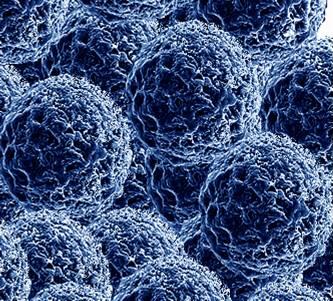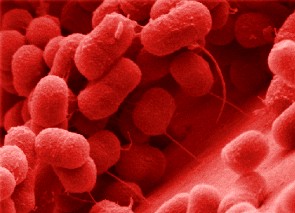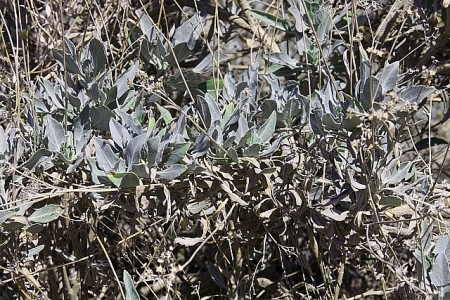As italian citizen and science lover, I have the pleasure of remembering my great compatriot (and fellow citizen) Nobel Prize scientist Rita Levi-Montalcini, recently passed away on age 103.
Rita Levi-Montalcini, born on April 22nd 1909 to a Jewish family in Turin (Italy), received her M.D. from the Institute of Human Anatomy of the University of Turin, studying the nervous system.
In 1938, because of the proclamation of racial laws, she was forced to continue her research on the mechanisms of differentiation of the nervous system, first in Belgium and then in Florence (Italy).
To be able to continue the research started in Turin, in 1947 she moved to Washington University (Missouri, USA).
Then, Rita Levi-Montalcini went to Brazil at the University of Rio de Janeiro, when, in 1952, she achieved the identification of the growth factor of neuronal cells (Nerve Growth Factor, also known as the acronym NGF).

young Rita Levi Montalcini
The following year, with the young biochemist Stanley Cohen, again in Missouri, using the in vitro system she designed, Rita performed the first biochemical characterization of the growth factor.
For this excellent discovery Rita Levi-Montalcini and Stanley Cohen received the Nobel Prize in Medicine in 1986. Here it is the Rita Levi-Montalcini’s original speech at the Nobel Banquet, in December 10, 1986.

Rita Levi Montalcini
Settled permanently in Italy, in 1969 she assumed the direction of the Institute of Cell Biology at the CNR in Rome, and, from 1993 to 1998, she was the director of the Institute of the Italian Encyclopedia.
Moreover, Rita Levi-Montalcini was a member of the most prestigious scientific academies, such as the Accademia Nazionale dei Lincei, the Accademia Pontificia, the Accademia delle Scienze, the National Academy of Sciences of the USA and the Royal Society.
She also was the President of the Rita Levi-Montalcini Foundation, which provides scholarships and educational support for African women.
In 2001 she was appointed Senator for life of the Italian Republic.
One year after, in Rome, Rita Levi-Montalcini inaugurated as President the European Brain Research Institute (EBRI), one of her main projects, aimed at attracting foreign scientists to Italy, as well as offering Italian neuroscientists, working abroad, an opportunity to return home.
As last memories, two pleasant suggestions: the video “Interview with Rita Levi-Montalcini” by Adam Smith, Editor-in-Chief of Nobelprize.org, shot in Rome on November 26th 2008 and the official Rita Levi-Montalcini’s biography In praise of imperfection – My Life and Work; New York; Sloan Foundation Science Series -Basic Books, 1988.


















